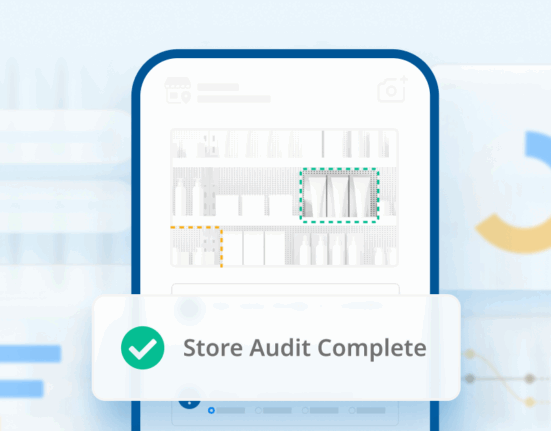Most brands have an expectation for how their products will be displayed in stores. They create guides for stores to follow and certain goals they hope to reach with in-store merchandising plans. Unfortunately, in-store conditions are not always what you expect and that can have a detrimental effect on your merchandising plans.
Merchandising drawbacks can be found in a variety of ways from missing signage to broken displays. For many large retailers (both regionally and nationally), merchandising and retail issues like these can lead to huge monetary losses due to a decrease in customer satisfaction and a damaged brand image. So, what are some of the merchandising issues that could be impacting you?
Merchandising Issues
- Overall shelf health: If there are out-of-stock products creating holes in shelves or displays this will likely lead to an unattractive presentation for customers. Low inventory levels could have a negative impact on potential sales and brand perception. This is especially important if you have a lot of variety in your product breadth and depth. As more products are out of stock, fewer sales can be made.
- Frequency and consistency of restocking: Similarly, replenishment is also an issue. In regard to restocking products, we have two very important questions. How often are you restocking your products; and how often should you be restocking your products? The word “should” is a small distinction, but the answers to these questions can make a big difference in your merchandising plans. Some stores may need more frequent restocks while others do not. Creating replenishment plans based on the needs of individual stores will save money and ensure there are products on the shelves when needed instead of leaving some stores and customers without the products they want.
- Competitive or conflicting signage: Unfortunately, you can’t control where a competitor’s products, advertisements, signage, or displays are located in-store, but you can control where and how your products are displayed. Ensuring you have adequate signage and enough products to fill your shelves will help you thrive in the in-store product placement battle. Competitive issues can also come into play if your signage is missing or if other products are covering yours. Competitive or missing signage can deter customers from finding and buying your products in-store.
- Broken Displays: Do you have displays that are battery-operated or require maintenance to ensure they work properly? It is imperative that all displays are operating correctly, as long-term fixtures will not last forever. Video content that isn’t playing, burnt-out light bulbs, and more can be part of broken display features that could be missed opportunities to draw in new customers. Additionally, unforeseen design issues like ripped displays can lead to stocking issues, disorder on the shelf, or create a negative brand image for shoppers. Tears through your brand name, logo, or any sales and discounts offered on the damaged signage or display will impede sales and could potentially deter customers from purchasing those products.
- Display Compliance: Many times, we find that displays have been set up with missing signage or missing parts. What’s more? There could be incorrect products or products from a completely different (and likely competing) brand located on the display. The lack of signage, and/or conflicting products can be confusing for consumers, lead to a lack of brand awareness and potentially result in the display or promotion not being as effective as intended.
These and many other merchandising issues can be found in stores every day. Whether you know about and can act on these issues is the most important piece of the puzzle.
Avoiding Drawbacks
How do you know which locations are impacted by merchandising issues? Utilizing mobile in-store crowdsourcing is the best and fastest way to check in on your stores and ensure your retail plans are executed as you expect. How can you avoid these issues? With near real-time data, you’ll know which merchandising issues are impacting you at specific store locations and can take immediate action.
Unfortunately, there isn’t any way to completely avoid display compliance issues, but you can find and act on these issues much faster using in-store crowdsourcing. The sooner you learn about any damaged, altered, or impeded displays, the sooner you can take the necessary steps to resolve those issues. Seeing what the shoppers see and knowing how they’re reacting to your displays and products is invaluable information that can be used to help you increase your sales and improve display compliance.
Standing Out In-Store
As shelf space shrinks due to increased products in the market, it’s becoming more important to stand out. Shelves have become cluttered, promotions are not executed well, and brands are struggling to stand out. To create the best strategy retail strategy, you’ll need to gather and use insights from your consumers. Sometimes, getting your products and displays noticed can begin by changing the available products, redesigning promotions, or adjusting your product placement.
With a focus on placement and accurate execution, you’ll likely be able to attract the attention of consumers. Pairing that with shopper feedback and insights will help you create a tactical marketing and product placement plan that can’t be beaten.
Closing Thoughts
Merchandising issues can be seen in stores across the country, but that doesn’t mean they need to impact you. Knowing what potential issues could impact you and understanding if you need to act are the keys to successfully creating an in-store merchandising plan. Taking advantage of near real-time data to uncover merchandising issues has never been easier or more beneficial.









